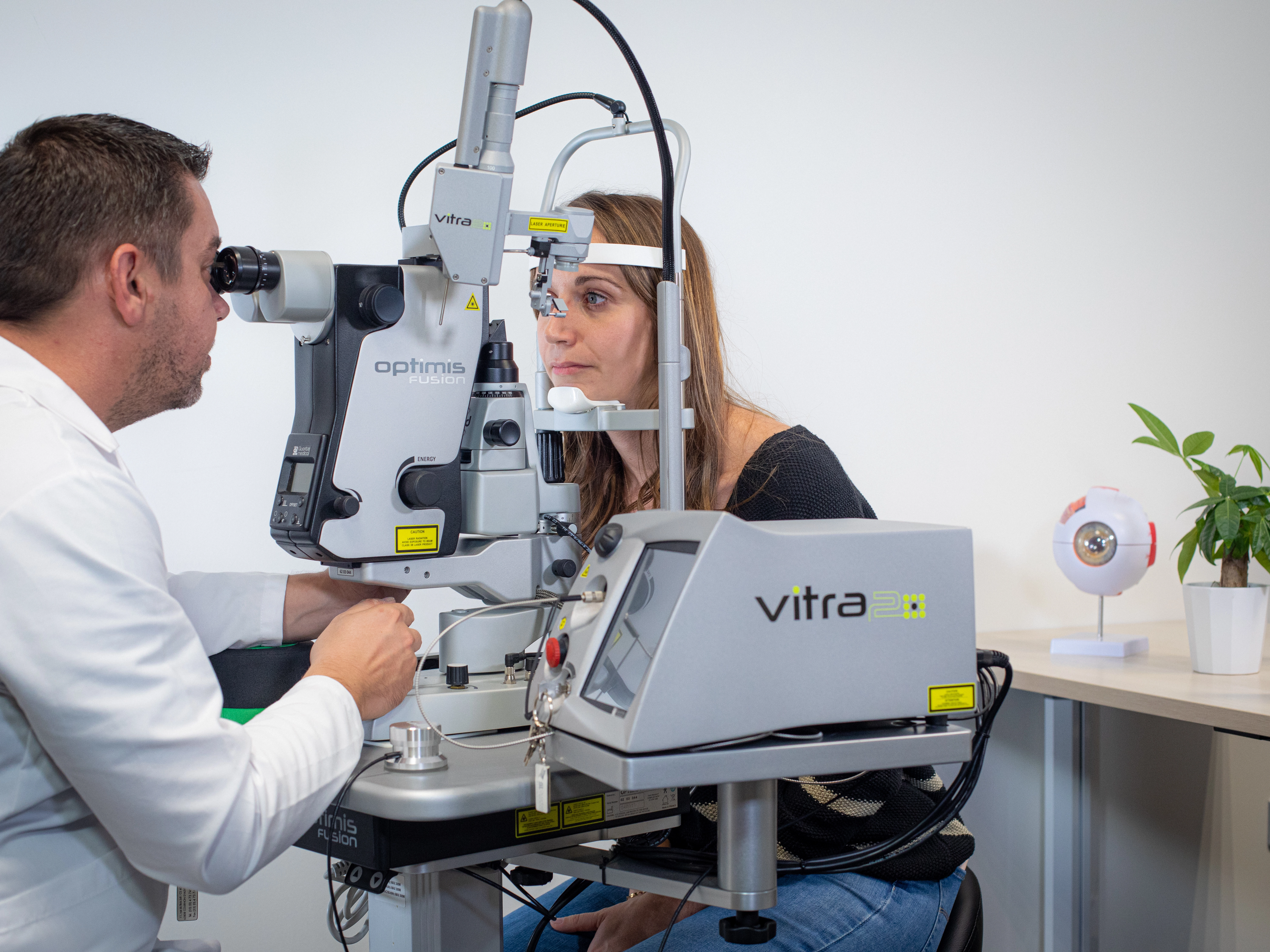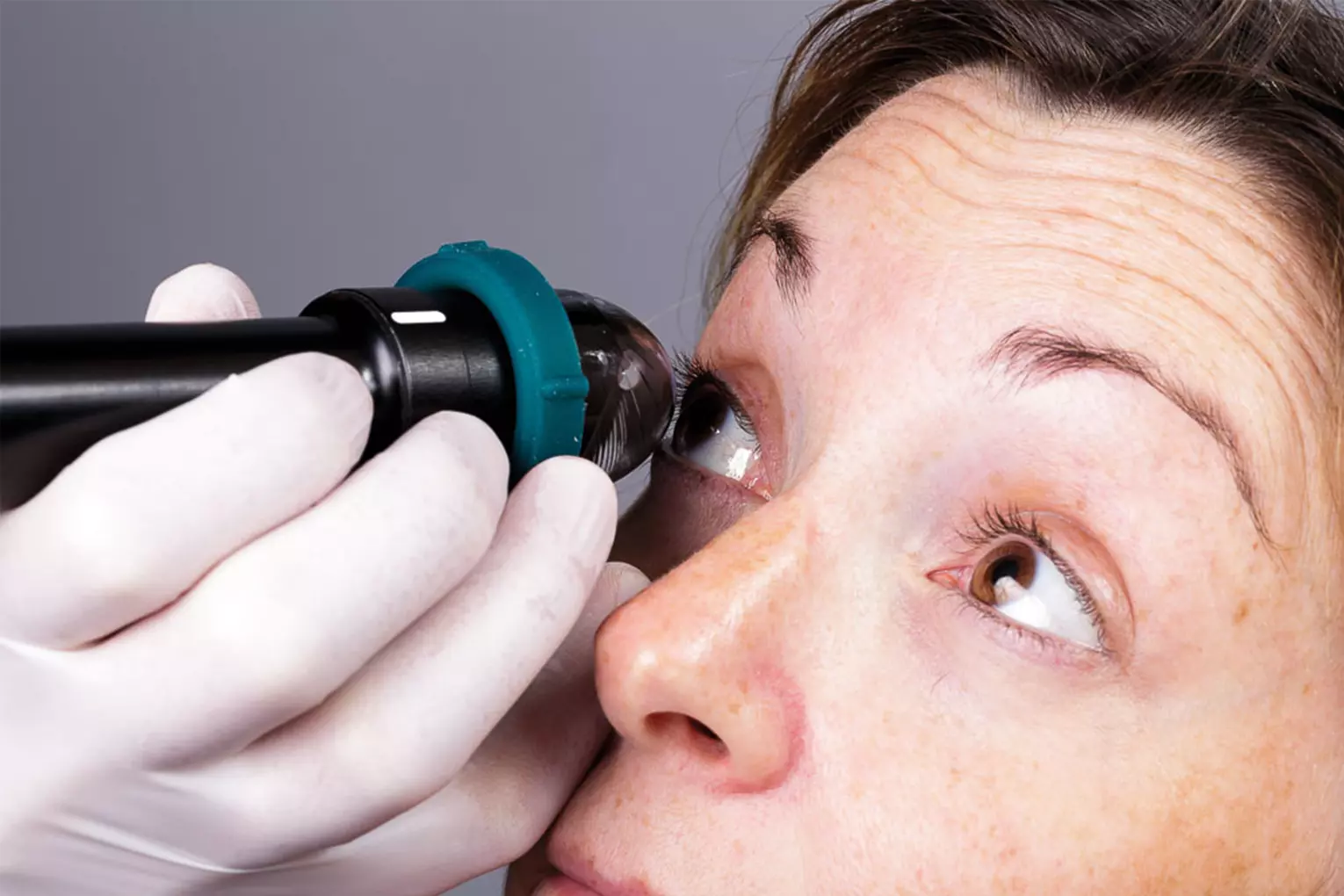Selective laser trabeculoplasty (SLT) has been employed as a safe and effective means for lowering intraocular pressure (IOP) in glaucoma patients since receiving FDA 510(k) and marketing clearance in 2001. Many studies have reviewed the evidence for SLT as a primary or adjunct therapy, recommending it as a safe and effective method for lowering IOP in both ocular hypertension and glaucoma. (1) (2) However, the benefit derived from SLT as a diagnostic aid when used as first-line therapy is something that is only now beginning to be explored.
SLT AS A DIAGNOSTIC AID
Dr. Paul Singh highlighted the diagnostic aspect of SLT during the 2017 Combined Ophthalmic Symposium in Austin, Texas. When asked if there was still a role for trabeculoplasty in managing glaucoma, Dr. Singh emphasized the many options now available for treating glaucoma patients in a customized fashion. He went on to note that in his practice, he has asked himself if SLT may provide some knowledge as to where the resistance in outflow may be: “when SLT works, could it be that the trabecular meshwork is the main area of resistance… or when it doesn’t work does this tell us that maybe it is in the Schlemm’s canal or distal to it.” In his opinion, SLT may help give a better understanding preoperatively of where the resistance lies.
Pivoting off Dr. Singh’s comments, one of the biggest challenges physicians face in managing glaucoma is accurately determining the location of blockages within the outflow system. SLT works by applying selective photothermolysis to the pigmented trabecular meshwork cells, releasing proteins and cytokines which improve the circulation of aqueous humor through the trabecular meshwork and the inner wall of the Schlemm’s canal. This mechanism of action allows physicians to estimate the location of the pathology based on its outcome. If SLT is effective, the physician can deduce that the primary region of obstruction lies within the trabecular meshwork. In contrast, if SLT proves ineffective, then the primary obstruction may reside outside the trabecular meshwork. Not only is this helpful in understanding the patient’s pathology, but it can also provide the physician with key information regarding the potential efficacy of future treatments. For example, if treatment with SLT is unsuccessful it suggests that the area of blockage lies outside the trabecular meshwork. To that end, a treatment which attempts to bypass the trabecular meshwork may not be successful in this patient but ABiC, which opens up all of the natural outlfow pathways, may be a better option. Put simply, SLT has a dual role: to both treat glaucoma directly, and to simultaneously provide information essential in understanding the patient’s pathology.
SLT COMPARED TO MEDICAL THERAPY
Ocular hypotensive medications are commonly used as first-line therapy in glaucoma, despite their increasingly well-documented pitfalls. Long-term use of these topical medications has demonstrated a serious negative impact on quality of life. (3) (4) Ocular surface pathology has been linked to the preservative, benzalkonium chloride, as well as to other common active ingredients in these agents. (5) Topical medications are riddled with bothersome local side effects which include burning, dry eye, conjunctival hyperemia, foreign body sensation and tearing. These complaints only worsen in frequency and intensity over time. (6)
Considering these multiple issues, how does SLT compare to meds in safety and efficacy, not only as an alternative therapy, but as first-line therapy? Nagar et al. compared SLT with latanoprost in 40 eyes with POAG or OHT in a prospective, randomized 6-month follow-up study. A reduction in IOP of at least 20% was achieved in 75% of eyes in the SLT group, compared to 73% in the latanoprost group. (7) Alvarado et al., demonstrated SLT to have similar efficacy in IOP reduction compared to prostaglandin analogues. In this study of 24 eyes with POAG, SLT and a prostaglandin analogue reduced IOP by 6.6 mmHg (29.9%) and 5.58 (25.4%) from baseline, respectively. (8). Other studies have demonstrated SLT’s ability to address issues with topical medication compliance and side effects, (9) while being comparatively more cost-effective. (10)
SLT SYNERGY WITH MINIMALLY INVASIVE GLAUCOMA SURGERY
Using SLT both before and after MIGS procedures offers many benefits. Further, there are obvious synergies with ABiC (ab interno Canaloplasty), as both SLT and ABiC are restorative in nature. As alluded to previously, if SLT has determined that the trabecular meshwork is not the main cause of the disease, it is logical to adopt ABiC with iTrack given its ability to address the collector channels and Schlemm’s Canal, in addition to the trabecular meshwork.
CONCLUSION
Given the very favorable comparison of SLT to topical medications and its potential to complement MIGS, along with its dual role as a diagnostic aid, physicians should begin to consider SLT earlier and more often for the management of open-angle glaucoma patients.
REFERENCES
1. Meta-analysis of selective laser trabeculoplasty versus topical medication in the treatment of open-angle glaucoma. Li, X, Wang, W and Zhang, X. 2015, BMC Ophthalmol, pp. 1-9.
2. Systematic review and meta-analysis on the efficacy of selective laser trabeculoplasty in open-angle glaucoma. Wong, M O and Choy, B N. 2015, Surv Ophthalmol, pp. 36-50.
3. Glaucoma and quality of life. Freeman EE, Muñoz B, West SK, Jampel HD & Friedman DS. 2008, Ophthalmology, pp. 233-38.
4. Vision related quality of life and topical glaucoma treatment side effects. . Nordmann J-P, Auzanneau N, Ricard S & Berdeaux G. 2003, Health Qual Life Outcomes, p. 75.
5. Short-term effect of topical antiglaucoma medication on tear-film stability, tear secretion, and corneal sensitivity in healthy subjects. Terai N, Müller-Holz M, Spoerl E & Pillunat LE. 2011, Clin Ophthalmol, pp. 517-525.
6. Use of eyedrops in glaucoma: how can we help to reduce non-compliance? . Chawla A, McGalliard JN & Batterbury M. 2007, Acta Ophthalmol Scand , p. 464.
7. A randomised, prospective study comparing SLT with latanoprost for the control of intraocular pressure in ocular hypertension and open angle glaucoma. . Nagar, M., Ogunyomade, A., O’Brart, D. P., Howes, F., & Marshall, J. 2005, Br J Ophthalmo, pp. 1413-1417.
8. Similar effects of SLT and prostaglandin analogs on the permeability of cultured Schlemm canal cells. . Alvarado, J. A., Iguchi, R., Martinez, J., Trivedi, S., & Shifera, A. S. 2010, Am J Ophthalmol, pp. 254-264.
9. Selective laser trabeculoplasty as primary treatment for open-angle glaucoma. Kadasi LM, Wagdi S, Miller KV. 2013, R I Med J, pp. 22-5.
10. Selective laser trabeculoplasty: current perspectives. Leahy KE, White AJ. 2015, Clin Ophthalmol, pp. 833-41.
11. Microarchitecture of Schlemm Canal Before and After Selective Laser Trabeculoplasty in Enhanced Depth Imaging Optical Coherence Tomography. Skaat, A, et al. s.l. : J Glaucoma, 2017.


